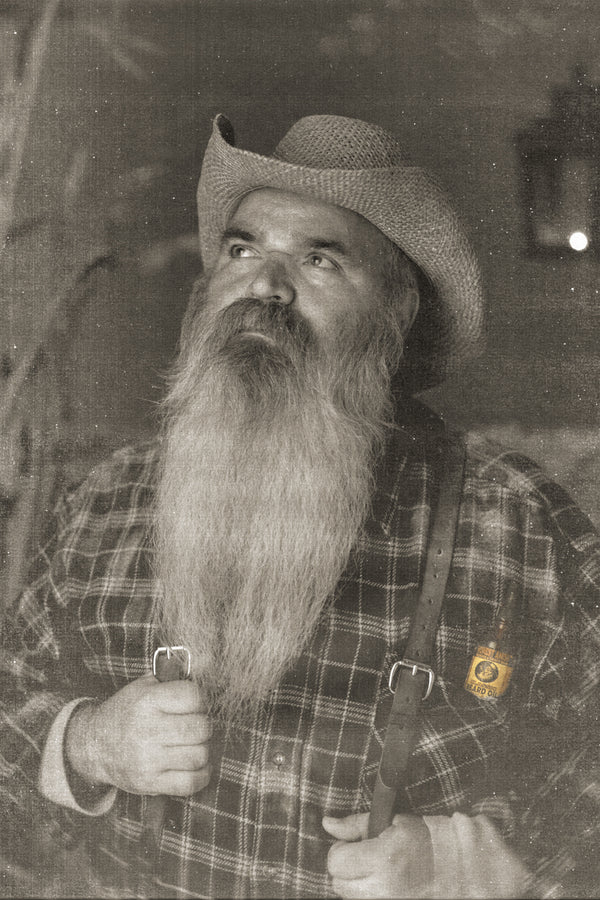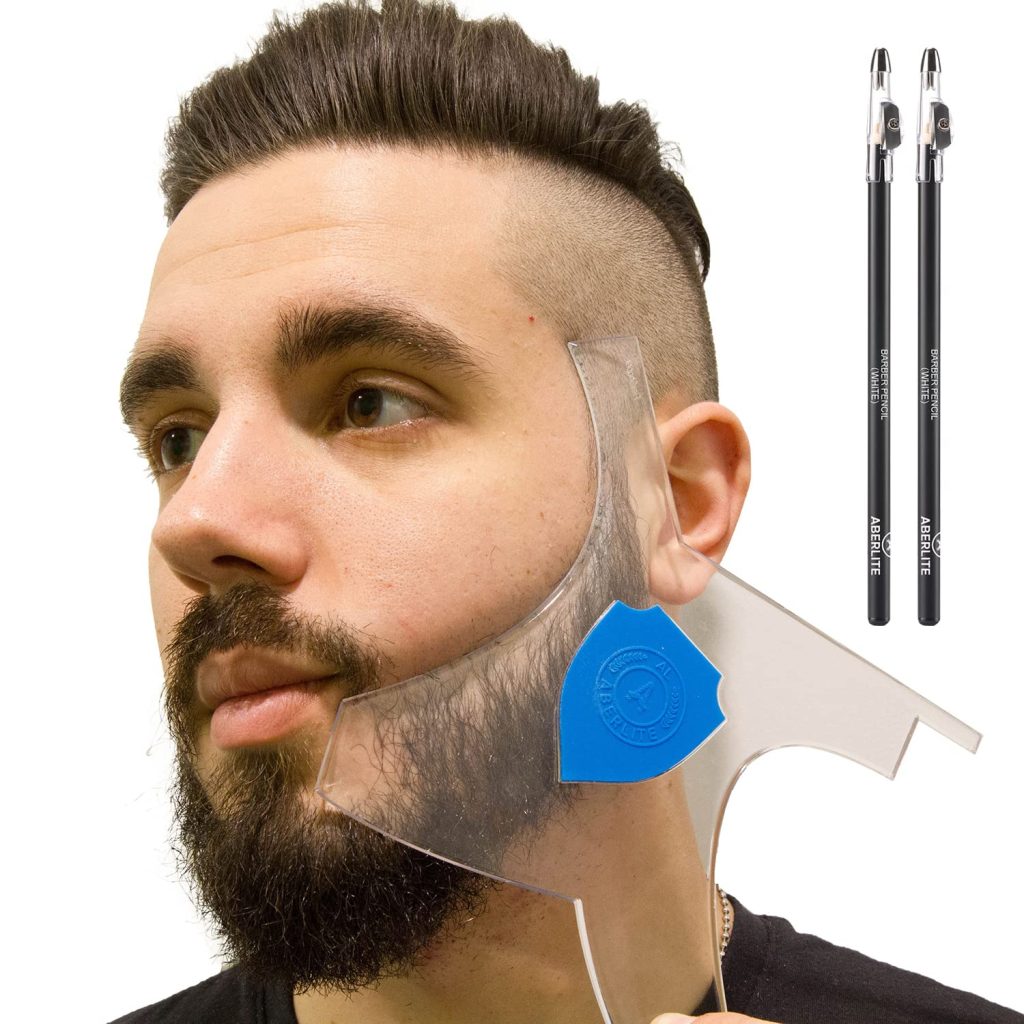When it comes to growing a beard, the question of whether to trim or not can be a hot topic of debate. Many people wonder, “Should I trim my beard while growing it?” In my opinion, the answer is yes, and I’ll explain why in this blog post.
The Unruly Beard: A Common Pitfall
In my journey of growing out my beard, I’ve witnessed firsthand the temptation to let it run wild. The allure of minimal effort is strong. However, I quickly learned that an untamed beard is not the compliment to one’s appearance we might hope for. It becomes a glaring sign of neglect, rather than a symbol of rugged masculinity.
I’ve observed many fellow beard-growers fall into this trap. They believe that avoiding the scissors or trimmer will speed up the process. Yet, they end up with a beard that looks unkempt and feels uncomfortable. It’s a classic case of good intentions leading to not-so-good results.
The issue with letting a beard grow without any trimming is multifaceted. For one, it can lead to uneven growth. Some parts of the beard might grow faster than others, creating a lopsided look that no one aims for. Additionally, without trimming, split ends and breakage become more common. This actually can slow down the growth progress, as the damaged ends need to be cut off eventually.
Moreover, an unruly beard can become a breeding ground for bacteria. Without regular grooming, food particles and skin cells can accumulate, leading to potential skin irritations or worse.
In my experience, the idea that “more is better” doesn’t apply to beard growth. Regular trims have not only helped my beard look better but feel better too. The key is not to cut it shorter, but to shape and maintain it. This approach keeps the beard looking intentional and attractive, steering clear of the common pitfall of unruliness.

The Beauty of a Well-Groomed Long Beard
Crafting a long beard that turns heads requires more than just letting it grow. From my own journey, I’ve learned that it’s the grooming in between that counts. Regular trimming has been my secret weapon. It’s how I keep my beard looking intentional and sophisticated, even as it lengthens.
Long beards have the potential to make a statement. They can exude wisdom, strength, and a sense of style that’s hard to ignore. However, reaching that level of awe-inspiring presence doesn’t happen by chance. It takes a deliberate approach to trimming. I focus on sculpting the edges and clearing away any stragglers, which highlights the beard’s shape and texture.
In my experience, a well-trimmed beard also speaks volumes about personal hygiene. It shows that I care not only about my beard but also about presenting my best self. This aspect of grooming is crucial in transforming a long beard from merely grown-out facial hair to a masterpiece of personal expression.
Additionally, the process of trimming allows for health checks. I can spot any potential issues, like dry skin or uneven growth, and address them early. This proactive approach ensures my beard remains as healthy as it looks.
By prioritizing regular trims, my long beard serves as a testament to the value of maintenance. It’s a balance between growth and grooming, where each trim brings me closer to the ideal vision of my beard. It’s not just about length; it’s about crafting a look that’s uniquely mine.

In my journey of growing a beard, mastering the art of sharpening and shaping has been transformative. Early on, I realized that mere growth wasn’t enough to achieve the look I wanted. It demanded precision, a keen eye, and a steady hand. Regular trims became my canvas, allowing me to gradually define the contours and silhouette of my beard.
Each session with the trimmer or scissors is an opportunity to refine. I meticulously remove any strays that disrupt the beard’s outline, ensuring each line contributes to a cohesive look. This practice isn’t just about subtraction; it’s about guiding the beard’s form as it evolves.
The art of shaping a beard is akin to sculpting. Just as a sculptor removes pieces of marble to reveal the form within, I trim to uncover the beard’s ideal shape. This approach has taught me patience. Each trim is a step closer to perfection, even if it’s not immediately apparent.
Sharpening the edges of my beard serves a dual purpose. It not only enhances its appearance but also maintains its health. By regularly cutting away split ends and uneven patches, I promote stronger, more uniform growth. This attention to detail ensures my beard not only looks its best but feels its best.
Through this process, I’ve learned that grooming is an ongoing journey. There’s always room for improvement, always a slight adjustment to be made. And in this journey, the act of sharpening and shaping has become not just a task, but a craft—one that’s essential for anyone serious about their beard.
Trimming: Not Just About the Beard
Trimming my beard is an integral part of my grooming ritual. It’s not merely about managing facial hair. For me, it’s a commitment to looking and feeling my best. A neatly trimmed beard shapes my face and enhances my features. It conveys a sense of self-respect and attention to detail.
In my grooming journey, I’ve found that trimming is crucial for both style and hygiene. It’s an act that speaks volumes about personal care. My trimmed beard has often been the difference between making a positive first impression or not. It’s more than facial hair; it’s a reflection of my personality and style.
Moreover, regular trims encourage me to take better care of my skin underneath. It’s a reminder to moisturize and to check the health of my skin. This holistic approach to grooming has improved not just my beard’s appearance but my overall well-being.
In essence, the practice of trimming transcends the beard. It’s a testament to the value I place on my appearance and health. Every trim is a step toward perfecting my look, proving that grooming is not just maintenance—it’s an enhancement of one’s identity.
